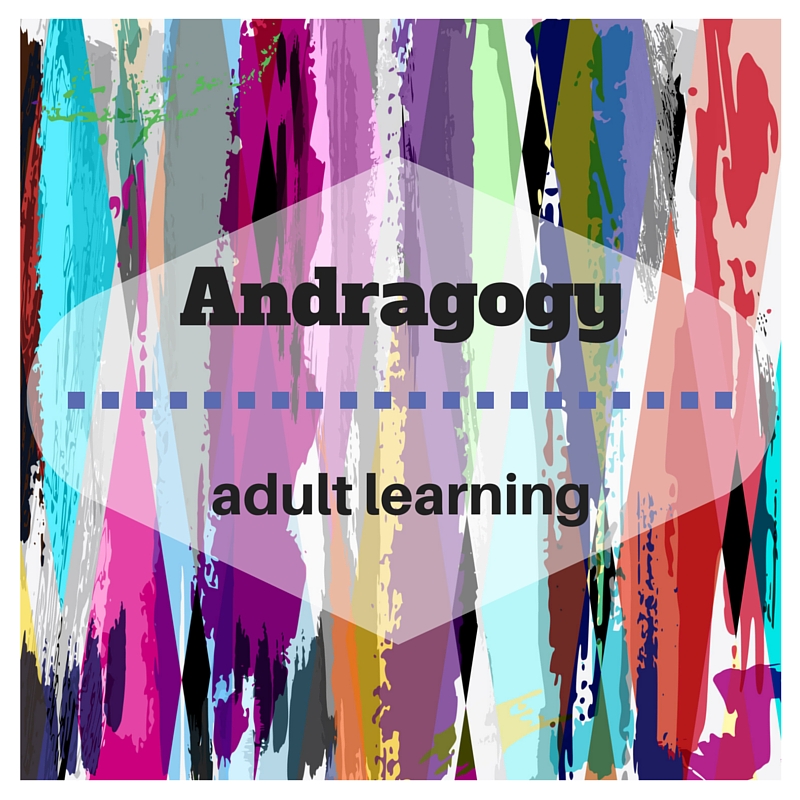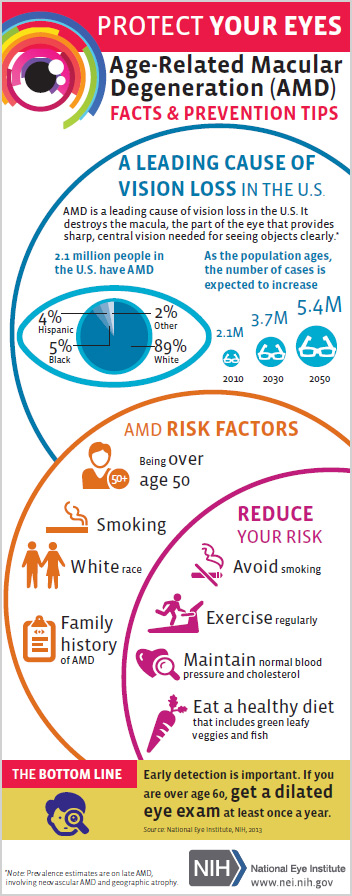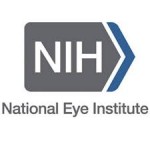On Tuesday, September 29, 2015, the National Eye Institute (NEI) hosted a Twitter chat on vision loss and depression. Here are some highlights of that discussion, along with some great resources to learn more about dealing with vision loss and depression.

- Many studies show that people with vision loss or low vision are at risk for depression, although not everyone with vision loss gets depressed.
- A person with low vision is defined as someone who finds it difficult to do daily tasks even with regular glasses, contacts, medications or surgery.
- The number of Americans with low vision will increase over 70% by 2030. Broken down by ethnicity, African Americans with low vision will increase 93% and Hispanics with low vision will increase 190% during the same period. This is due to the rapidly aging Boomer population. 88% of Americans with low vision are age 65 and older.
- Symptoms of depression include persistent feelings of sadness, anxiety, irritability and fatigue. It is a common and serious illness that interferes with daily life. Each year, about 6.7% of American adults experience major depressive disorder. Women and men experience depression differently, with women 70% more likely to experience depression than men.
- People 65 and older are at particular risk for developing serious depression related to vision loss and yet it is often underdiagnosed and undertreated. Older adults may have other, less obvious symptoms of depression or they may not be willing to talk about their feelings. Many overlooked because sadness is not their main symptom. It is important to remember that while depression is a common problem among older adults, it is not a normal part of aging.
- An estimated 29-58% of those who suffer significant vision loss have major depressive disorder one year later. People with vision loss are 2x more likely to be depressed than someone without vision loss. Depression can be very disabling and may reduce the effectiveness of low vision rehabilitation interventions.
- A recent study confirmed age-related macular degeneration (AMD) is a big contributor to depression risk, as it accounts for about 45% of low vision cases.
- Older adults w/ vision loss are also 3X more likely to report difficulty in 1) walking, 2) managing medications, and 3) preparing meals. In fact about 39% of people with severe vision loss experience activities of daily living ADL limitations, compared to 7% of those with better vision. ADLs include eating, bathing, dressing, toileting, walking and continence.
- A link between depression and vision loss was also found in people as young as 20 according to a recent study. It looked at over 10,000 adults in the US and found they were approximately 2x more likely to be depressed.
- A decline in vision can also be associated with lower emotional, physical, and social functioning. To help those with low vision avoid depression it is important that they remain active and engaged in the world around them. And while people may become depressed because of vision loss, other causes of depression may also be present.
- An integrated approach to depression management in older adults with impaired vision may be the best course of action. Behavioral activation helps people recognize that loss of the activities they enjoyed that have led to depression and encourages them to find ways to re-engage with these activities. After 4 months, behavioral activation reduced the risk of depression by 50% compared to the control group. Behavioral activation can be used alone, or as part of psychotherapy called cognitive-behavioral therapy (CBT).
- Cognitive behavioral therapy (CBT) helps people with depression restructure negative thought patterns and to correct distorted thinking that is often part of depression. But it is important to remember that the best approach to treating depression is to personalize it for each individual.
- Often, the combination of pharmacotherapy and psychotherapy is a very effective option for depression treatment. Other time-limited psychotherapies, including interpersonal therapy (IPT) are effective in treating depression in people of all ages.
- Collaboration between eye care and mental health professionals can help people with vision loss improve their quality of life.
Resources
Understanding depression
Living with Low vision – How you can help webinar
Association of vison loss and depression in those over 20
Sadness impairs color perception
Rehab helps prevent depression from age-related vision loss
10/6/15
 Susan DeRemer, CFRE
Susan DeRemer, CFRE
Vice President of Development
Discovery Eye Foundation





















